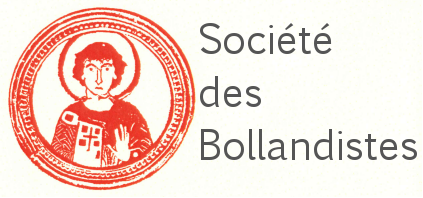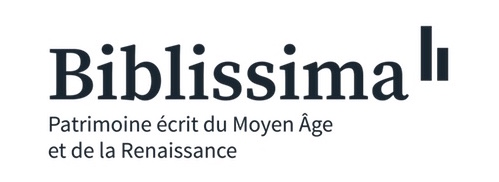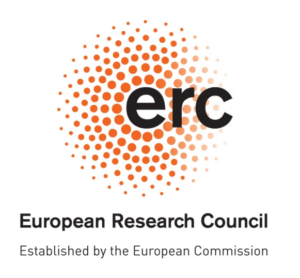Pinakes | Πίνακες
Textes et manuscrits grecs
Résumé :
Abstract The iconography of the Communion of the Apostles, a theme well established in Byzantine art after Iconoclasm, first appears in a securely dated context in the silver patens from Riha and Stuma. These silver plates were produced in Constantinople sometime between 575 and 578. The iconography with the twofold depiction of Christ is usually explained as a reflection of the liturgical practice of the Eucharist, namely, as a reflection of the two actors in the Eucharistic rite, the priest and a deacon distributing bread and wine. I argue instead that during the early Byzantine period the twofold depiction of Christ is an expression of the two natures of Christ directed against the Miaphysites. I propose that the exceptional appearance of the scene in the two early Byzantine silver patens from church treasures from northern Syria is likely to be explained by its Christological significance with regard to Chalcedonian Eucharistic doctrine during the persecution of the Miaphysites in the 570s.| Villes | Dépôts | Fonds | Cotes | Type | Commentaire | Tome | Pages |
|---|---|---|---|---|---|---|---|
| Moskva | Государственный Исторический Музей (ГИМ) | Собр. Хлудова | 129д | Avec illustration | 1146-1147 | ||
| Paris | Bibliothèque nationale de France (BNF) | Grec | 2327 | 1142, n. 12 | |||
| Rossano Calabro | Museo Diocesano e del Codex | Mss. | cod. 1 | Avec illustrations | 1118, n. 2 et passim |







